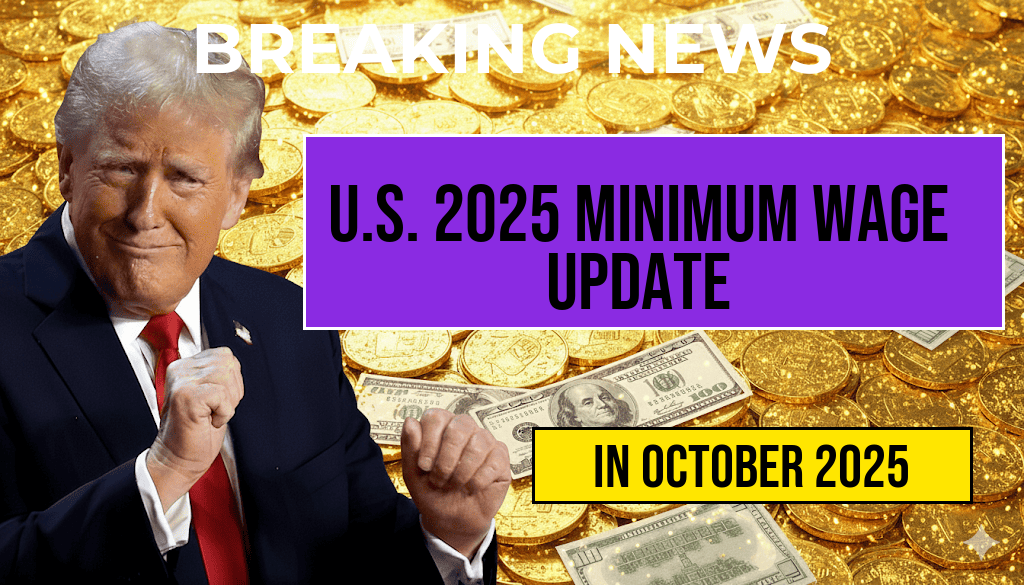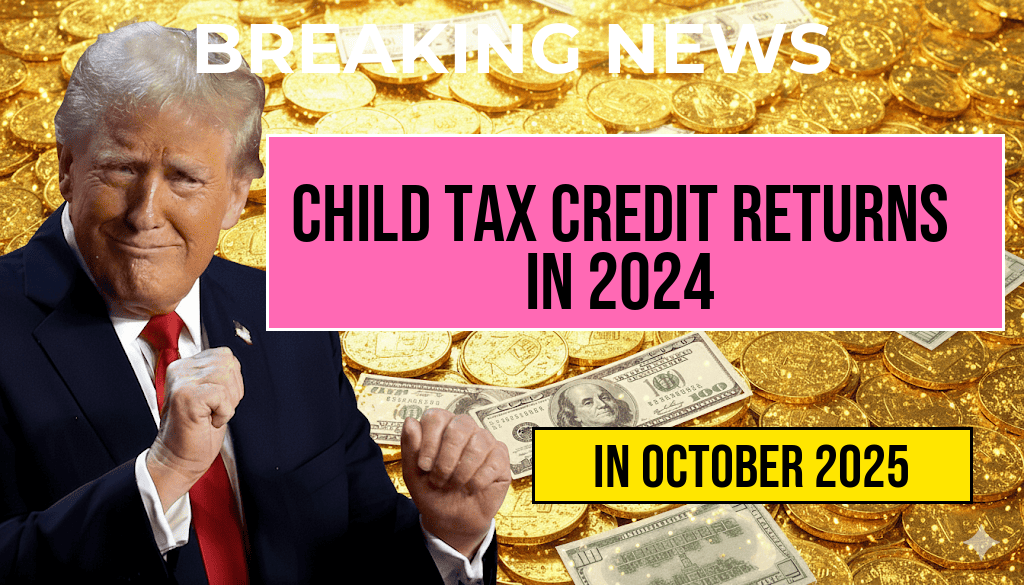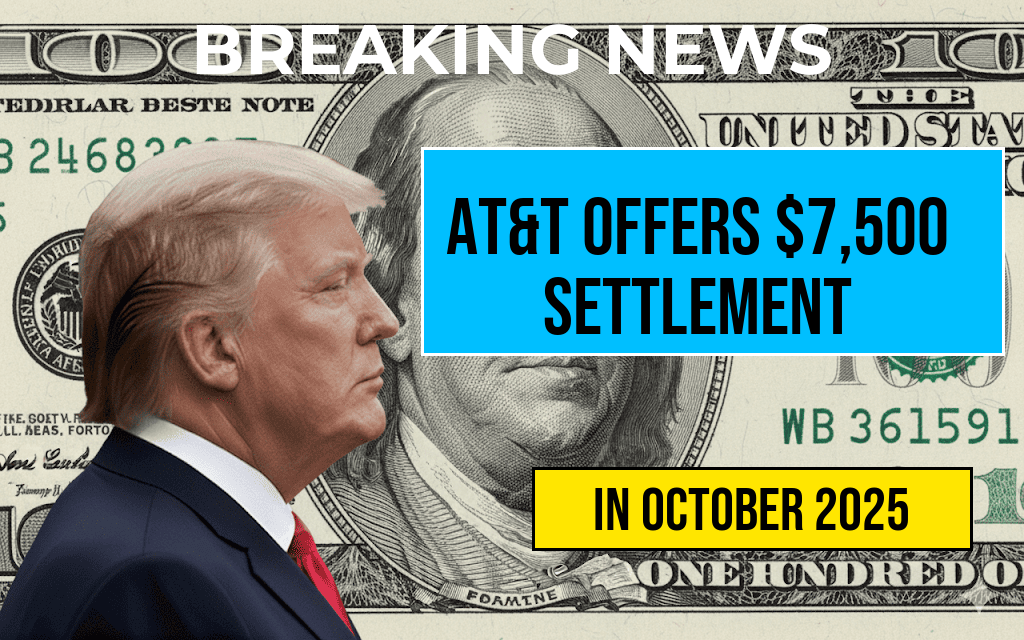The minimum wage across various U.S. states is set to increase starting October 4, 2025, marking a significant shift for millions of workers nationwide. This update follows a combination of federal and state-level legislation designed to adjust for inflation and improve earnings for low-wage employees. The changes are expected to impact sectors ranging from retail and hospitality to healthcare, influencing employment costs and consumer spending patterns. While some states are implementing modest increases aligned with inflation, others are enacting more substantial jumps, reflecting differing regional economic conditions. Employers, workers, and policymakers are closely watching these adjustments as they shape the landscape of American wages in the coming year. The updated hourly pay rates are part of ongoing efforts to address income inequality and support economic growth, offering new opportunities and challenges alike.
Overview of the 2025 Minimum Wage Increases
Starting October 4, 2025, several states will see their minimum wages rise, with some regions implementing the highest increases in recent years. The adjustments are primarily driven by legislation tied to inflation indices, along with states setting their own schedules for wage hikes. This wave of increases aims to bolster the purchasing power of low-income workers while presenting new considerations for businesses adjusting to higher labor costs.
Key Factors Influencing the Wage Adjustments
- Legislative mandates: Many states have enacted laws requiring annual or biennial adjustments to minimum wages based on inflation or economic indicators.
- Inflation rates: Rising consumer prices have prompted states to recalibrate wages to maintain real income levels.
- Economic recovery efforts: Post-pandemic recovery initiatives include wage increases to stimulate consumer spending and reduce income disparity.
State-by-State Breakdown
| State | Current Hourly Rate | New Hourly Rate | Increase |
|---|---|---|---|
| California | $15.50 | $16.75 | $1.25 |
| New York | $15.00 | $16.00 | $1.00 |
| Florida | $12.00 | $12.50 | $0.50 |
| Texas | $7.25 (federal minimum) | $7.50 | $0.25 |
| Illinois | $13.00 | $13.50 | $0.50 |
Note that some states, like Texas, follow the federal minimum wage of $7.25 per hour, which remains unchanged unless federal legislation is amended. Others, such as California and New York, are setting higher regional standards that surpass federal minimums, reflecting regional economic conditions and cost of living.
Impacts on Employers and Workers
Business Considerations
Higher minimum wages may lead employers to reevaluate staffing levels, pricing strategies, and operational costs. Small businesses, in particular, could face challenges in balancing increased payroll expenses with maintaining profitability. Some industries, such as hospitality and retail, are anticipating adjustments in labor schedules or automation investments to offset wage hikes.
Worker Benefits
For employees earning the minimum wage, the increase translates into immediate improvements in weekly earnings, potentially reducing reliance on public assistance programs. Workers in sectors with scheduled wage increases may see their income rise by hundreds of dollars annually, providing greater financial stability and ability to meet rising living costs.
Broader Economic Context
The move to raise minimum wages aligns with broader efforts to address income inequality and stimulate economic activity. According to economic research, modest wage increases can lead to increased consumer spending, which in turn supports local economies. However, some economists caution that rapid or substantial hikes could contribute to inflationary pressures or employment reductions if not carefully managed.
State governments and advocacy groups continue to debate the optimal pace and scale of wage increases, balancing economic growth with the needs of low-income workers. For more details on minimum wage policies and their implications, resources like the Wikipedia page on U.S. minimum wage and economic analyses from Forbes provide comprehensive insights.
Frequently Asked Questions
What is the new minimum wage rate effective October 4, 2025?
The minimum wage in the U.S. will increase starting October 4, 2025, with updated hourly pay rates across various states and jurisdictions, reflecting recent legislation and economic adjustments.
Which states or regions have announced minimum wage increases for 2025?
Several states and localities have announced minimum wage increases for 2025, including California, New York, and Washington, with specific rates varying by region and employer size.
How does the minimum wage increase affect employers and employees?
The wage increase benefits employees by providing higher earnings, while employers may need to adjust their payroll budgets and pricing strategies to accommodate the new pay rates.
Are there any exemptions or special considerations related to the minimum wage increase?
Yes, certain exemptions may apply, such as for small businesses, tip workers, or specific industry regulations. It’s important to review local laws for detailed guidance.
When will the new minimum wage rates officially take effect?
The updated hourly pay rates will become effective starting October 4, 2025, ensuring compliance for all employers operating within the affected jurisdictions from that date forward.








